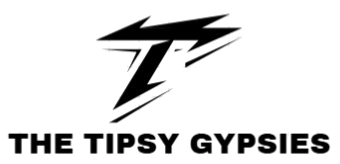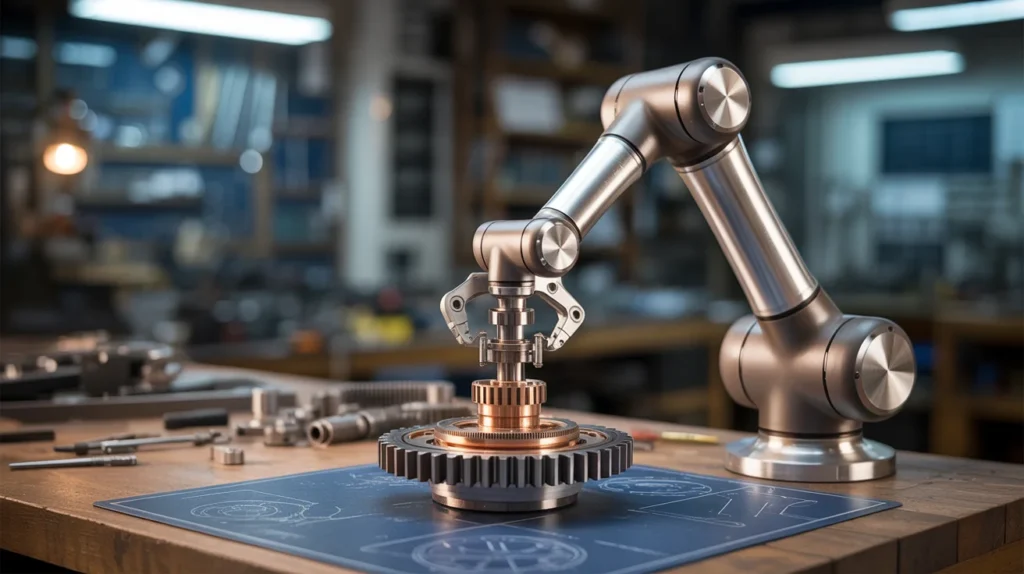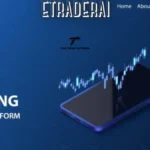Animation is changing how we explain things. It lets people see what words can’t show. It makes complex ideas simple. It turns technical details into visuals that anyone can understand. This is why manufacturers, engineers, and marketers are using 3D motion to show how products and systems work. It saves time, builds trust, and improves sales.
In this article, you’ll learn how 3D animation transforms design, production, and storytelling, and how the right services help you use that power in your business.
Why Motion Matters in Modern Industry
We live in a world driven by clarity. People want to understand before they buy, build, or commit. The faster you make that happen, the faster you move results.
3D animation goes even further. It doesn’t just show what a product looks like. It shows how it behaves, fits, and performs under real conditions. It lets people see inside, around, and through. That builds confidence. And confidence drives action.
Turning Specs Into Stories With 3D Product Visuals
Technical sheets are useful but limited. They can’t show movement or context. A good 3D animation can. It transforms static data into something that feels alive and clear.
This is where 3d product animation services come in. These services take your CAD models or prototypes and turn them into photoreal visuals. Ii show the full design intent form, fit, and function in motion. That helps you:
- Explain features without jargon
- Reduce product returns caused by misunderstanding
- Speed up training and onboarding
- Launch across regions with consistent visuals
How Industry Uses Motion to Explain Complexity
Factories, plants, and engineering firms deal with systems too complex for simple photos or text. That’s where motion becomes essential.
Using 3D motion for process and production visuals lets teams explain machinery, safety procedures, or assembly lines with precision. Operators see exact sequences. Buyers understand layouts. Inspectors see compliance steps.
This is the value of industrial animation services. They create accurate visual representations of mechanical systems, production lines, and safety protocols. They turn engineering diagrams into moving, understandable stories.
The benefits are measurable:
- Faster training and fewer onboarding hours
- Reduced safety incidents through better comprehension
- Clearer proposals for buyers and investors
- Easier maintenance planning
What Results You Can Expect From Visual Communication
Animation is not just pretty visuals. Its performance. Here’s what most businesses gain from animation:
- Higher engagement: Viewers spend more time on pages with animation.
- Better conversions: Product pages with motion close more sales.
- Lower support load: Clearer visuals reduce customer questions.
- Consistent branding: Visual assets keep global messaging aligned.
Picking the Right 3D Partner
Choosing the right team for 3D work is like choosing the right supplier for a key component. The wrong fit wastes money and time. The right fit delivers repeatable results.
Here’s what to check:
- Portfolio quality. Ask for real project reels, not demos. Look for projects that match your product type or industry.
- Technical fluency. Confirm they can handle your CAD data and follow engineering accuracy.
- Delivery format. Ensure they can export files for web, AR, or internal training.
- Workflow clarity. Review how they manage revisions, approvals, and feedback.
- Client references. Talk to past clients about the process and deadlines.
A good 3D vendor understands both design and communication. They translate specs into visuals that speak to engineers and customers equally well.
Understanding Costs and Timelines
Budgets for 3D animation vary by complexity. A simple product spin can take a few days. A full industrial line walkthrough might take weeks.
Here’s a rough range:
- Basic product animation: lower four figures per minute
- Detailed mechanical animation: mid four to low five figures per minute
- Complex industrial process animation: higher five figures and longer lead times
Expect two to eight weeks from brief to delivery, depending on scale. Clear data, final CAD, and tight feedback loops keep costs low and schedules predictable.
The rule is simple: the clearer your input, the better your output.
Matching Production Style to Your Goal
Each animation type serves a purpose. Choose based on what you need to communicate.
| Goal | Best Format | Example Use |
| Sales & Marketing | Short explainer or teaser | Product launch video |
| Engineering | Technical motion with callouts | Assembly guide |
| Training | Step-by-step breakdowns | Operator modules |
| Web & eCommerce | Interactive 3D viewer | Product page rotation |
| Operations | Simulation & workflow video | Factory safety guide |
You don’t need all formats. Pick the one that tells your story best. The beauty of 3D is reuse. A single model can serve multiple outputs: an explainer, an AR demo, and a training video. That keeps ROI strong and content consistent.
Measuring Results and ROI
You can measure animation performance in clear numbers. Track:
- Engagement: watch rate and completion rate
- Conversion: sales lift on product pages
- Support load: drop in customer questions
- Training impact: reduction in errors or onboarding hours
A marketing survey found that most brands using product videos saw higher engagement and conversion. For manufacturing, that’s measurable ROI. Visual communication turns technical advantage into emotional clarity.
Choosing the Right Tools and Platforms
The technology behind 3D animation keeps improving, but you don’t need every new tool. Focus on fit.
- Use real-time engines like Unreal or Unity for interactive demos.
- Use path-traced rendering for photoreal marketing work.
- Use lightweight formats like glTF for web or mobile viewers.
- Store models and textures in shared libraries to reuse across projects.
What matters most is consistency. Keep lighting, materials, and motion style uniform. This builds a professional, trustworthy visual brand.
The Takeaway
Visual communication has become essential for modern manufacturing and product storytelling. It bridges engineering, marketing, and sales. It turns technical products into clear, human stories that sell.
3D product animation services and industrial animation services give you the tools to make that happen. They bring your product to life before it’s built. They help your team explain, train, and sell with precision. When you turn your process into motion, you turn attention into trust and trust into results.






